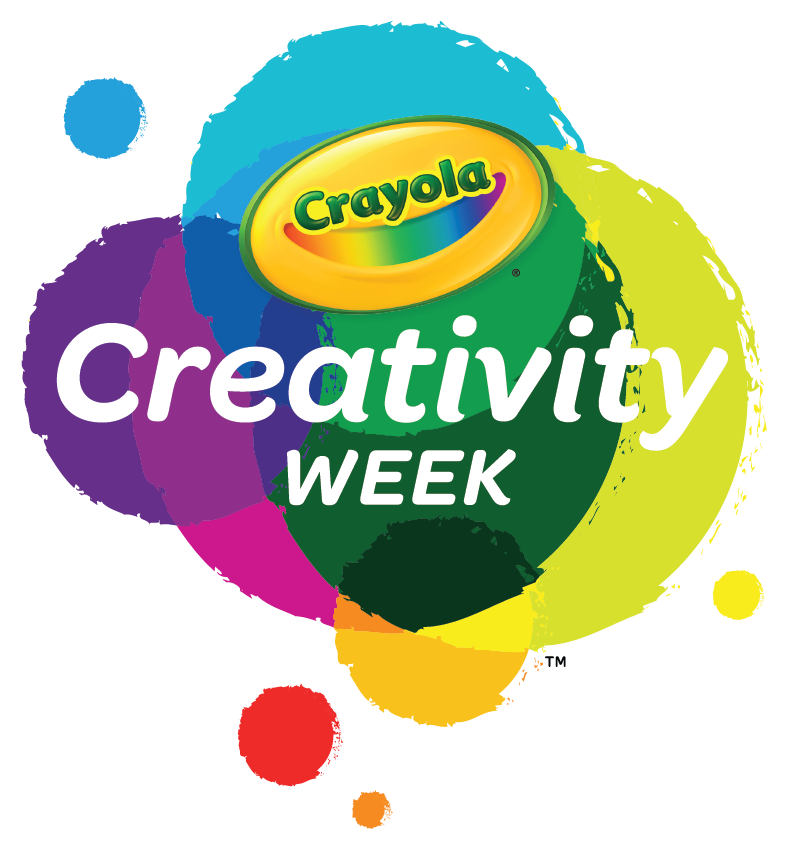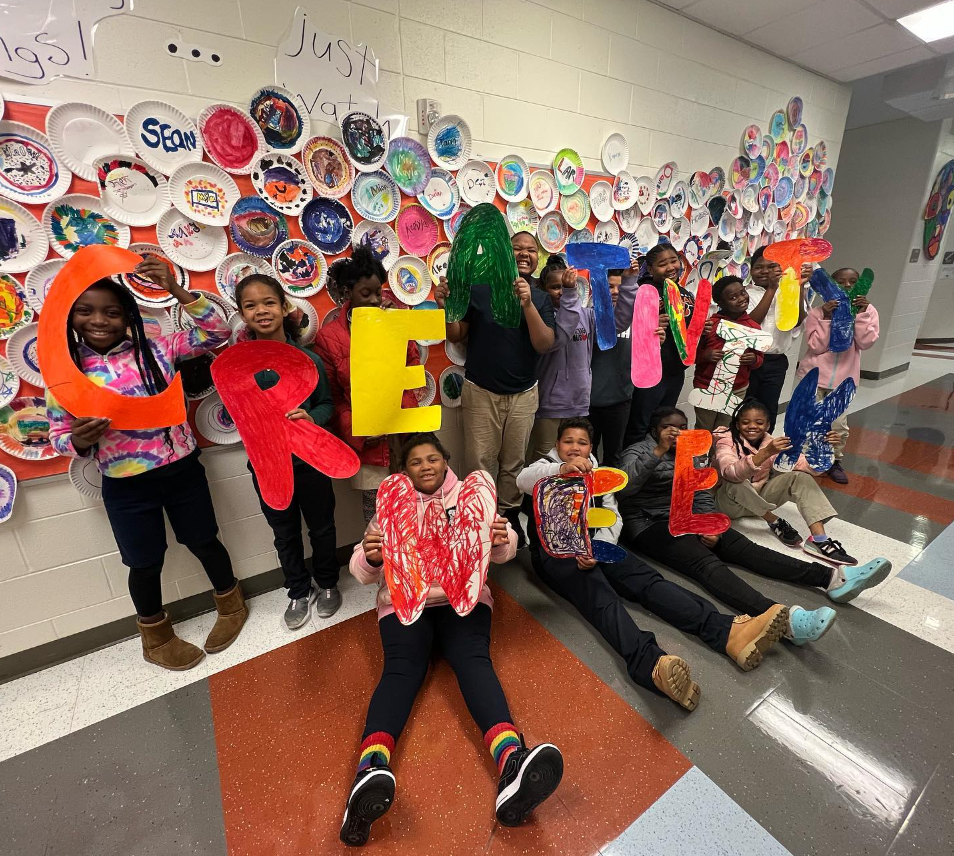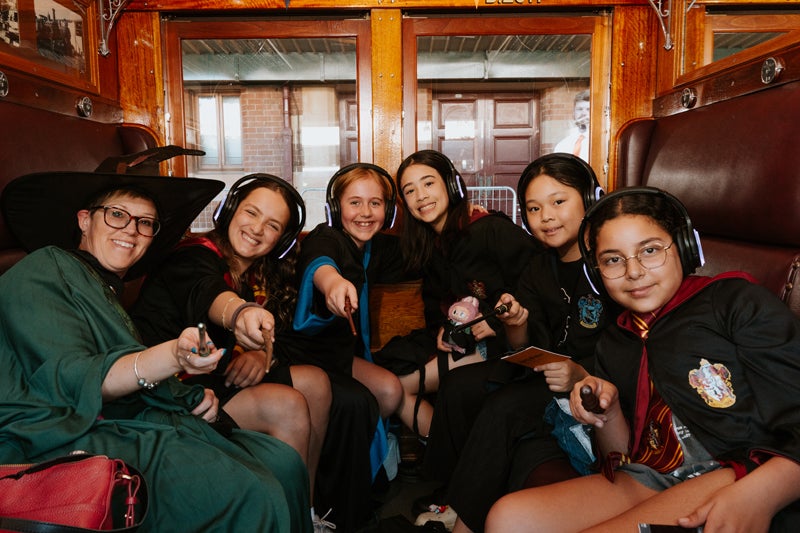
Crayola’s just-wrapped “Creativity Week,” now in its third year, provides free learning resources for parents and educators to spark kids’ creativity in the classroom. But the brand’s EVP of Marketing, Victoria Lozano, says it’s not limited to art class.
“Where we see the most implementation is in classrooms, and it’s specifically focused on using creativity to help kids learn across subjects,” she told Chief Marketer. “This is not about artistry; this is not about art class. It’s about using creativity to engage kids and help them learn across core subjects. We’re talking about literacy, math, social emotional learning—all the things that schools are actually focused on and teachers are required to teach,” she says.
We spoke with Lozano about Creativity Week, including how the brand develops the program, its target audience and marketing outreach, and how it measures success. Plus, we look at Crayola Studios’ content play and the brand’s shift toward creating digital and out-of-home experiences.
Chief Marketer: What’s the idea behind the program?
Victoria Lozano, EVP of Marketing at Crayola: Crayola turned 120-years-old this year. The founders believed in this idea that creativity was a critical life skill, and that it was important not only to an individual child, but to a collective success of a country… That drove their mission and what we now articulate as a brand: helping parents and educators raise creatively-alive kids.
Creativity Week focuses on fostering and inspiring creativity in the classroom. It is open to homes, whether it’s homeschooling or just homes that want to participate, but where we see the most implementation is in classrooms. This is not about artistry; this is not about art class. It’s about using creativity to help learn, engage kids, and help them learn across core subjects. So, we’re talking about literacy, math, social emotional learning, all the things that schools focus on and teachers are required to teach.
CM: What’s changed this year?
VL: We had two million kids participate in the first year, which was way higher than anything that we had expected. The next year we had three-and-a-half million kids. The program also went global. This year, we’re expecting at least five million kids to participate in 80 countries around the world.
We do research and get insights from educators to [evolve the program]. Before we develop it, we served it to over 800 educators to help understand what the program needed to deliver. How long does it need to be, what are the things that work, how do you want be able to implement it? What resources would be most helpful? How do you want to access it? The more we tailor it to what the teacher needs, the easier it is for them to participate. Every year after the program we do another wave of research with educators to learn what worked–changes like the length of the videos, the type of topics that the kids got most involved with, the celebrity talent that they really responded to, and why.

CM: What will make this a success from a branding and marketing perspective? And how are you measuring it?
VL: Since this program was born out of our mission as a brand, it is helping us deliver on that purpose. More quantitatively, it’s about impacting as many kids as we can. We look at the number of kids that are participating as a key metric. The program is turnkey; all the resources are easy to access and completely free, so this is not a revenue generating initiative. But at the same time, what want to make greater impact in the classroom, partner with educators and continue to build goodwill for the brand among this specific target.
Crayola is on back-to-school lists, and this is part of our ongoing partnership with the educators. Sometimes we have teachers who will sign up their classroom. But we also have schoolwide participation, when the entire school signs up and we get user-generated content and schools that make it into a schoolwide celebration.
CM: How do you market this to your key targets?
VL: We target a variety of elementary school educators. [It’s] classroom teachers, but we also target school leaders–educators, like principals or assistant principals, school librarians, or even music teachers and art teachers. The librarian impacts the whole school. The principal is a decision-maker for the whole school. Sometimes an individual teacher becomes aware and signs up the classroom. But we also focus on organizations that are outside of the immediate school building–for example, folks like public librarians, the YMCA or the Boys and Girls Club.

CM: How do you reach these decision-makers? Digitally? Email? Direct Mail?
VL: All of the above. Social, both paid and organic, is a heavy part of our marketing mix. We do use direct mail, because we found that specifically with educators that’s quite effective. And not a lot of people do it anymore, so it actually stands out. Email is a big part of it. We have a sweepstakes, to both to encourage signups as well as reward user-generated content once the program actually kicks in. And digital media, whether it’s banner ads, newsletter insertions and things like that. And obviously PR is part of our mix to get the word out as broadly as we can.
CM: Shifting gears a bit to Crayola’s other marketing programs… Can you talk about Crayola Studios, and how it’s helping the brand from marketing perspective?
VL: Our target as a brand and a business is trifold. We focus on kids, parents and caregivers, and educators. We just talked about the educator piece, but when you focus on kids and parents more pointedly, the best way to engage kids is through content that they enjoy. Crayola Studios started last year to formalize our focus on entertainment content that is consistent with our brand tenants, and to help kids develop creativity as a life skill.
CM: What’s your strategy when it comes to keeping a legacy brand fresh?
VL: You have to be practical and realistic about what’s working, what’s not working, and what are the key insights around kids, parents, educators… How can we be most meaningful? But also married with the realities of what’s happening in the marketplace. What capabilities do we need? As the marketing mix changes, as certain channels go up, others go down. What do we, as an organization, as a marketing team, need to do, or capabilities we need to have to stay ahead of that?
CM: When it comes to channels and platforms, what are you using to market? Anything new coming up?
VL: We are known for our products, and for a long time Crayola was focused on that. Over the last 10 years or so, we broadened our perspective to a more holistic, 360 view of how consumers engage with our brand, focusing on products, experiences and content. We’ve started doing a lot more in the experience space. For example, we have a location-based entertainment business. It started from this idea of, how do we curate the way consumers experience our brand? How do we make an experience out of it? How do we take it out-of-home? That led to the development of Crayola Experience as an attraction that now has five locations in the U.S. We’ve announced plans to build several others over the next few years, and we have one slated to open within the next year.
Interactive has been another area of focus. We have a subscription-based app that has been featured many times by Apple. We have another app called Crayola Create and Play, and Scribble Scrubby Pets, a free experience as an extension of our product. It’s this idea of taking experience off a canvas. Who says that the canvas has to be a flat surface? Or a creative experience has to be defined by those parameters? We’re going to continue to lean into those.




